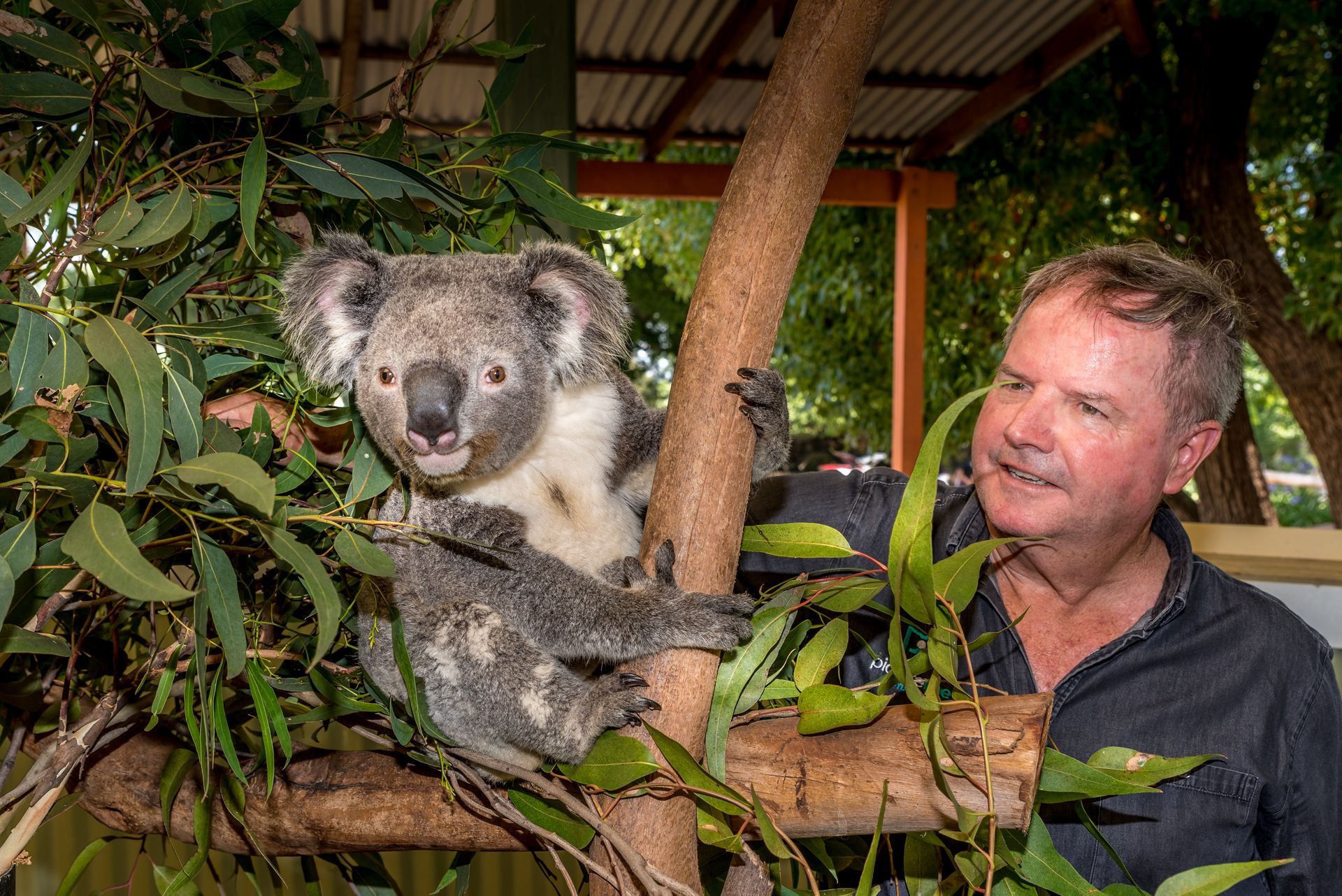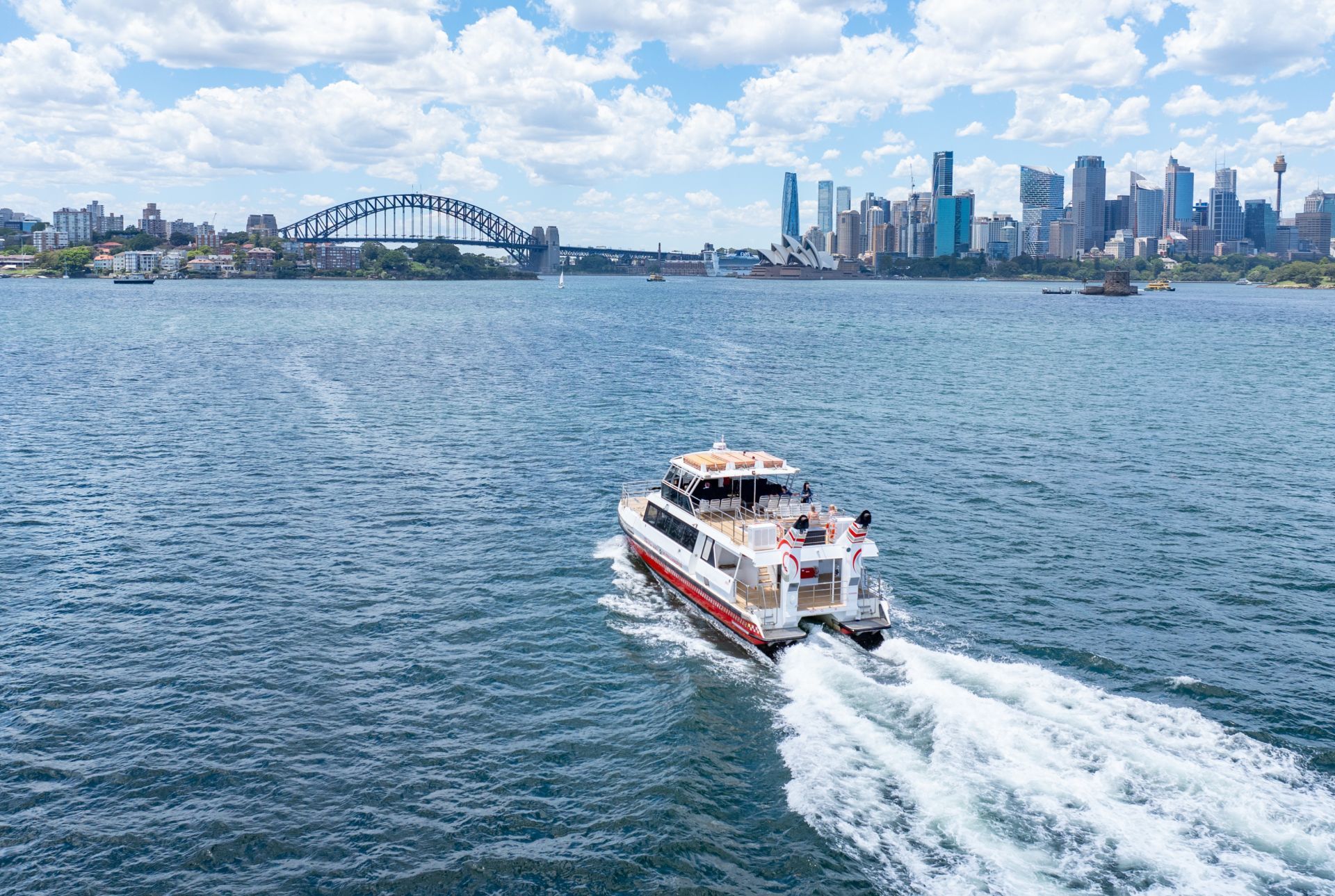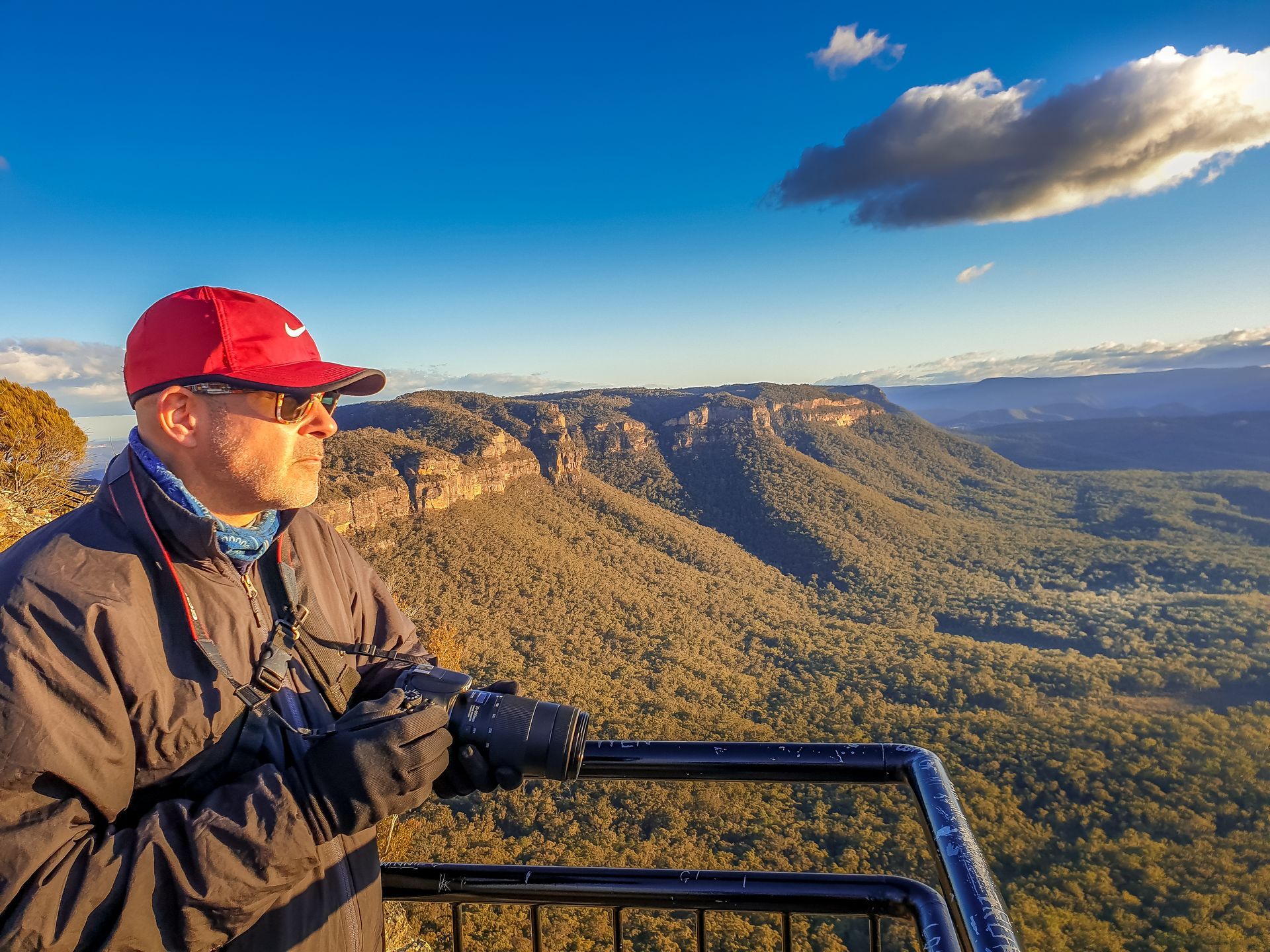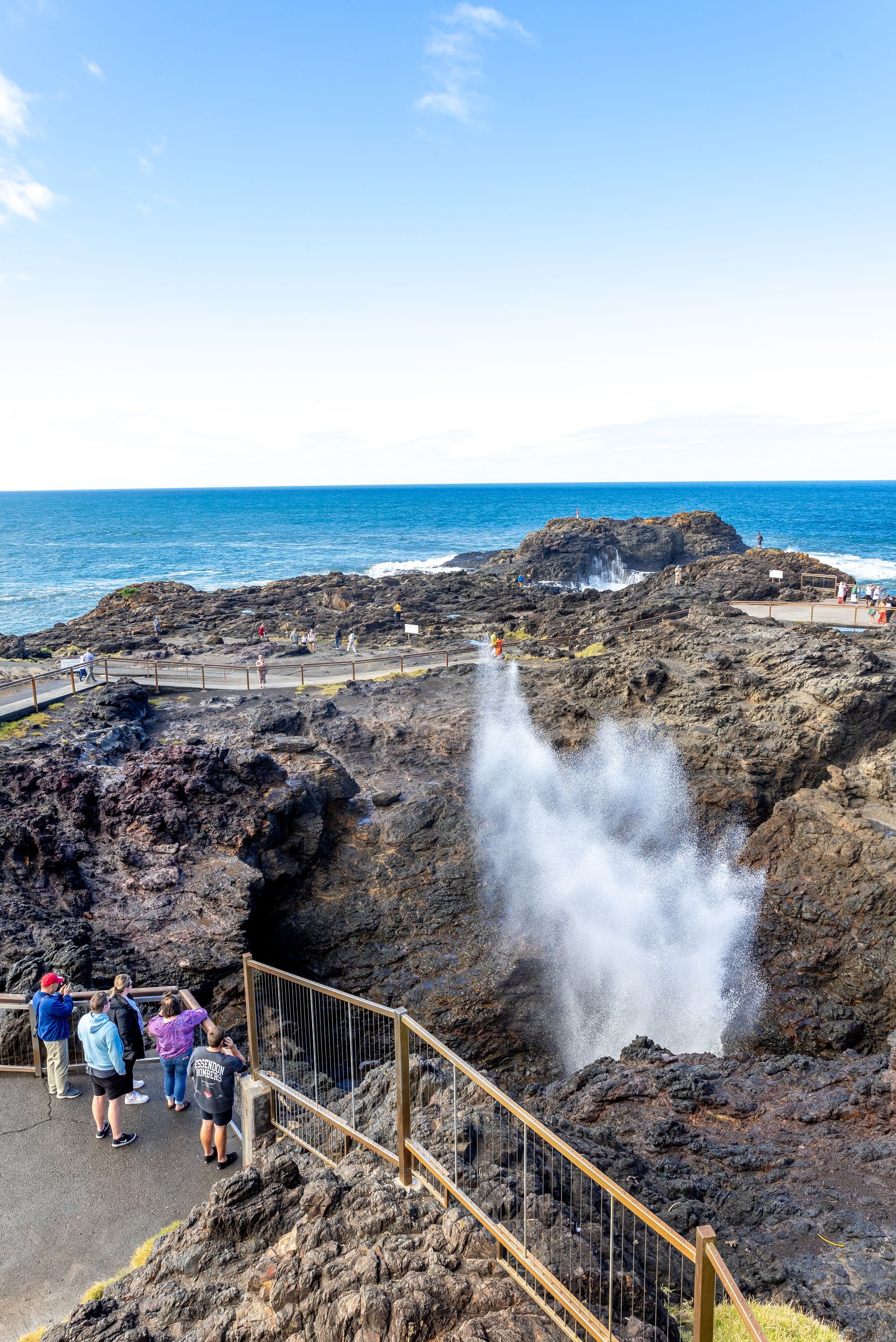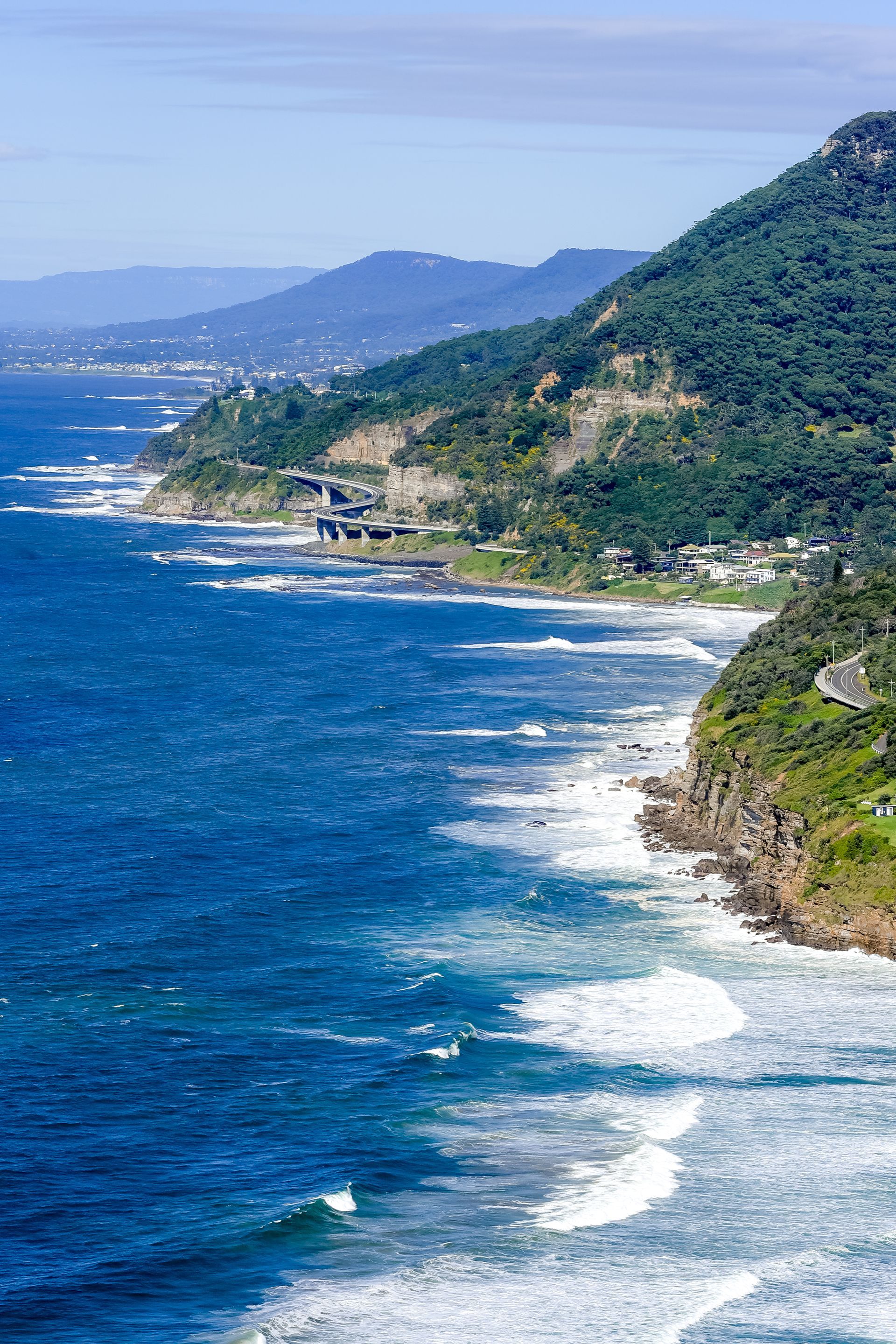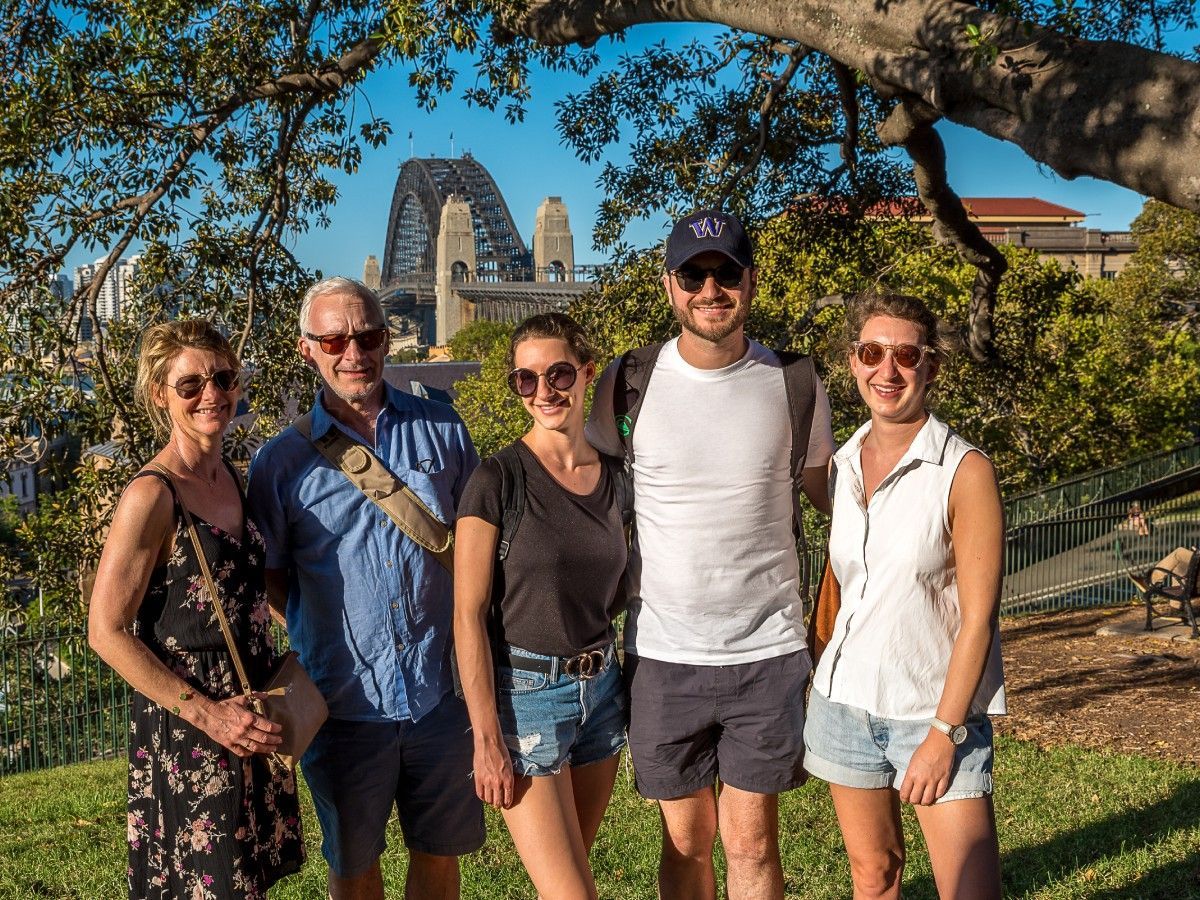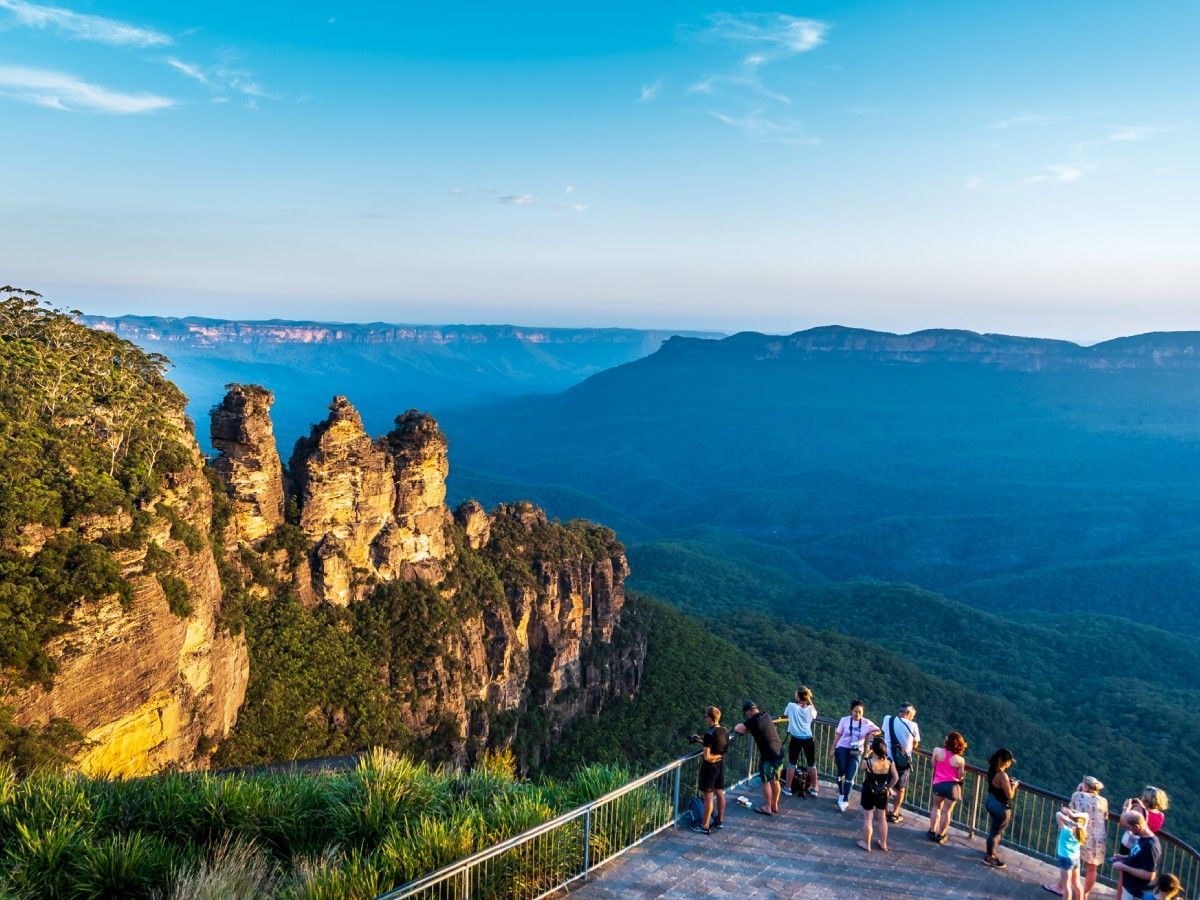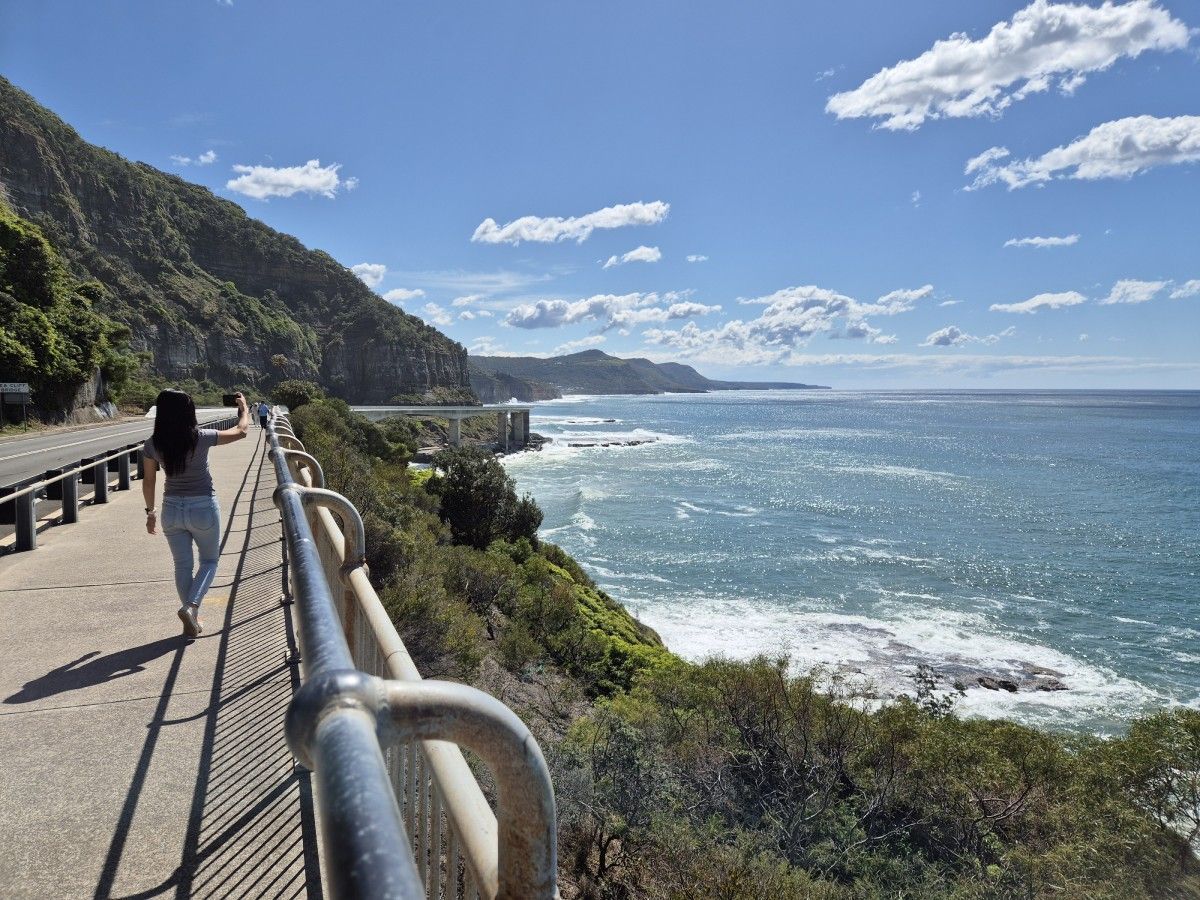10 Native Animals You Might Spot in the Blue Mountains
The wildlife in the Blue Mountains isn’t just known for its rugged sandstone cliffs, eucalyptus-scented bushwalks, and dramatic lookouts. It’s also a sanctuary for Blue Mountains animals, offering travelers the chance to encounter some of the most iconic creatures of Blue Mountains, Australia wildlife in their natural habitat.
This vast wilderness, just a couple of hours from Sydney, is part of a UNESCO World Heritage-listed area filled with dense forests, deep valleys, and remote plateaus. These ecosystems are teeming with Blue Mountain wildlife, from marsupials and gliders to brilliantly colored parrots and legendary bush birds.
Whether you're a seasoned wildlife enthusiast, an aspiring photographer, or just someone curious about what kinds of animals live in the mountains, here are ten creatures you might be lucky enough to see on your Blue Mountains adventure.
Key Takeaways
- The Blue Mountains are home to iconic native animals like kangaroos, koalas, wombats, and lyrebirds, making it one of the best wildlife destinations near Sydney.
- Birdlife such as crimson rosellas, sulphur-crested cockatoos, and kookaburras add vibrant color and sound to any Blue Mountains adventure.
- Rare sightings of echidnas, swamp wallabies, and greater gliders highlight the biodiversity of this UNESCO World Heritage-listed wilderness.
- Respectful and ethical tours, like those offered by Picture Me Sydney, increase your chances of meaningful wildlife encounters without disturbing natural habitats.
- Booking a guided Blue Mountains tour ensures you’ll learn local insights while maximizing opportunities to spot native Australian animals in the wild.
1. Eastern Grey Kangaroo
One of the most recognizable animals of NSW, Eastern Grey Kangaroos are a common sight in the Blue Mountains, especially in open grassy areas and farmland edges. They’re social, calm, and often seen resting in the shade or hopping across a field at dusk.
For a closer look, our
Blue Mountains tours include a
VIP kangaroo encounter at a working animal farm, where guests can meet and photograph these incredible animals in a relaxed and natural setting.
2. Koala
Koalas are among the most beloved animals in New South Wales, Australia, but they’re famously elusive in the wild. Though native to this region, sightings are rare. Still, they remain an iconic animal of NSW and a must-see for anyone interested in the wildlife of Australia.
However, that doesn’t mean you have to miss out. Our
Blue Mountains Late Start Private Tour includes a peaceful, ethical wildlife experience where you can meet a koala up close and learn about their behavior, habitat, and conservation challenges. It’s one of the most memorable moments of the tour.
3. Lyrebird
These feathered mimics are famous for their ability to replicate an impressive range of sounds, from camera clicks to chainsaws. Native to the Blue Mountains, lyrebirds are shy but fascinating creatures that forage on the forest floor.
You’ll have your best chance of spotting or hearing one along quieter bushwalks, particularly in areas like Wentworth Falls or the Grose Valley. If you do hear a strange mix of birdsong and mechanical noises echoing through the trees, chances are a lyrebird is putting on a show nearby.
4. Wombat
With their sturdy build and endearing waddle, wombats are beloved by locals and visitors alike. These nocturnal marsupials are expert diggers and can often be found in burrows around the bush. Though they’re usually active at night, early morning or twilight walkers sometimes get lucky.
Even if you don’t spot a wombat in person, keep an eye out for their unique cube-shaped droppings, which are a signature sign that one has passed through.
5. Crimson Rosella
Bright red and deep blue, the crimson rosella is one of the most eye-catching birds in the Blue Mountains. These striking parrots are often seen in pairs or small groups, flitting through the trees or perching near picnic areas.
Their vibrant plumage makes them popular subjects for photography, especially along bushwalks and lookout points featured in our
guided day tours. Bring your camera and keep your eyes peeled.
6. Echidna
Echidnas are one of the world’s most unique animals. With spiny backs and long snouts, these shy insect-eaters are closely related to the platypus and are one of only two egg-laying mammals.
They’re solitary and quiet, which makes them harder to spot, but they’re out there—usually foraging among leaf litter for ants and termites. If you’re lucky enough to see one, it’s a rare and wonderful moment in the bush.
7. Sulphur-Crested Cockatoo
These large, white parrots with bright yellow crests are loud, confident, and often travel in flocks. You’ll hear their screeches echoing across valleys before you spot them.
They’re common in both Sydney and the Blue Mountains and often hang around lookouts, rest areas, and treetops along scenic drives. Their antics and vocalizations add a bit of comic relief to the landscape and are always fun to watch.
8. Swamp Wallaby
Unlike kangaroos, swamp wallabies tend to be solitary and are much more reserved. They prefer the cover of dense forest and are quick to hop away when startled. Their dark fur and smaller size make them harder to spot, but if you’re walking quietly through bushland, you just might catch one darting through the undergrowth.
These animals are great examples of how diverse the Blue Mountains’ wildlife truly is, even beyond the more famous kangaroos and koalas.
9. Greater Glider
These fluffy, wide-eyed marsupials are nocturnal and spend most of their lives gliding silently between trees. With their long tails and fur-covered skin flaps, greater gliders are marvels of the treetops.
You won’t see them on a daytime tour, but if you return for a
stargazing walk or future night-time wildlife adventure, they’re one of the most magical creatures to spot.
10. Laughing Kookaburra
No list of native Australian wildlife would be complete without the kookaburra. Known for its loud, cackling call that sounds like laughter, the kookaburra is a bushland icon.
These birds are often seen perched on branches or fence posts, waiting for the perfect moment to swoop down on unsuspecting insects. You’ll likely hear their chuckle at sunrise or sunset, especially during our peaceful scenic drives through the Blue Mountains region.
Respect the Wildlife, Enhance the Experience
One of the greatest joys of visiting the Blue Mountains is never knowing what you might encounter. Because this is a protected wilderness area, wildlife sightings are never guaranteed, and that’s exactly what makes them so special.
At Picture Me Sydney, we’re committed to giving guests the best possible chance to enjoy meaningful, respectful interactions with nature. Whether you join a small-group adventure or choose a private tour, our itineraries are thoughtfully designed to get you closer to the land, the legends, and the living creatures who call it home.
Ready to escape the city and meet the locals of the bush?
Book your Blue Mountains tour today and experience the wild beauty of Australia in a way you’ll never forget.
Frequently Asked Questions about Wildlife in the Blue Mountains
1. What native animals can I see in the Blue Mountains?
You might spot Eastern Grey Kangaroos, koalas, wombats, lyrebirds, crimson rosellas, echidnas, sulphur-crested cockatoos, swamp wallabies, greater gliders, and laughing kookaburras during your visit.
2. Are kangaroos common in the Blue Mountains?
Yes, Eastern Grey Kangaroos are one of the most common animals in the region and are often seen in open grassy areas, along quiet trails, and near farmland edges.
3. Is it possible to see a koala in the Blue Mountains?
Wild koala sightings are rare due to their elusive nature, but you can enjoy close, ethical encounters at selected wildlife experiences included in some Blue Mountains tours.
4. When is the best time to see wildlife in the Blue Mountains?
Early mornings and late afternoons are the best times to spot native animals as many species, like wombats and kangaroos, are most active at dawn and dusk.
5. Where is the best place to see birds like kookaburras and parrots?
Bushwalks, lookouts, and picnic areas are great spots for birdwatching. You’re likely to hear kookaburras at sunrise or sunset, while crimson rosellas and cockatoos are often seen during the day.
6. Can I see nocturnal animals in the Blue Mountains?
Yes, animals like greater gliders and wombats are nocturnal. Night tours or evening walks provide the best chance to spot these shy creatures.
7. How can I increase my chances of seeing wildlife?
Join a guided Blue Mountains tour with knowledgeable guides who know the best areas and times for spotting native animals while ensuring a respectful, eco-friendly experience.
8. Is it safe to approach wild animals in the Blue Mountains?
Join a guided Blue Mountains tour with knowledgeable guides who know the best areas and times for spotting native animals while ensuring a respectful, eco-friendly experience.


